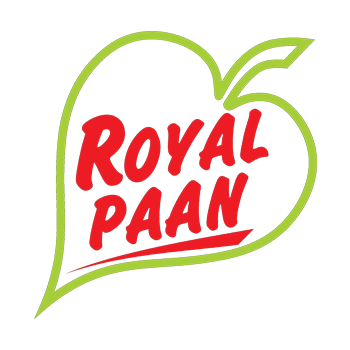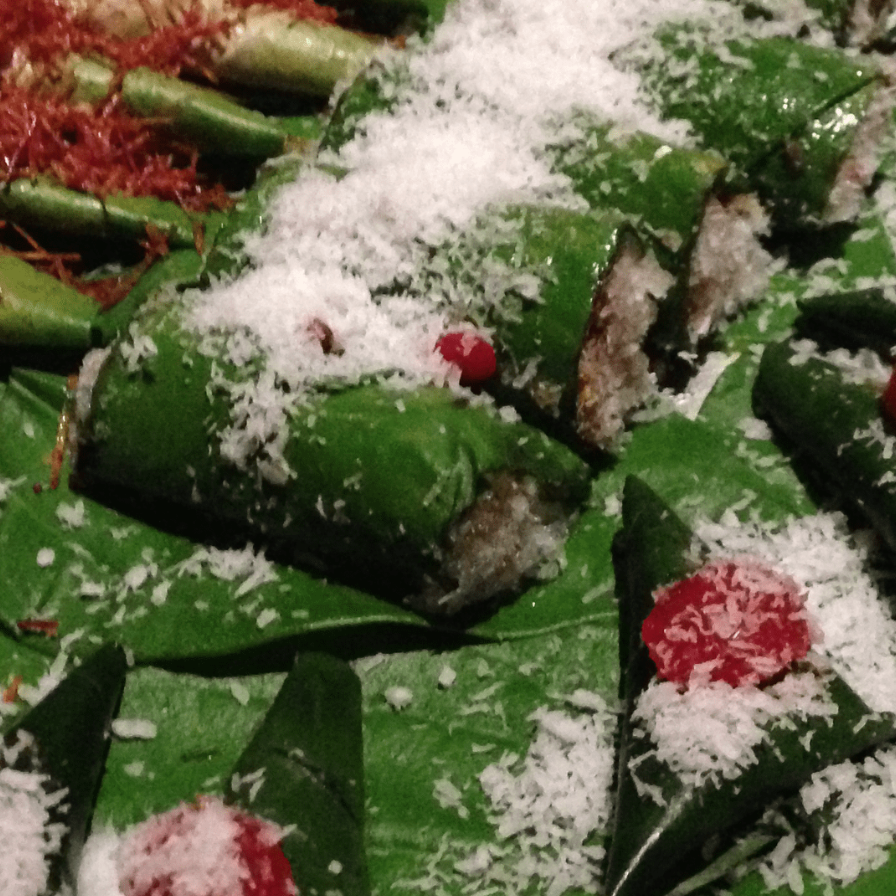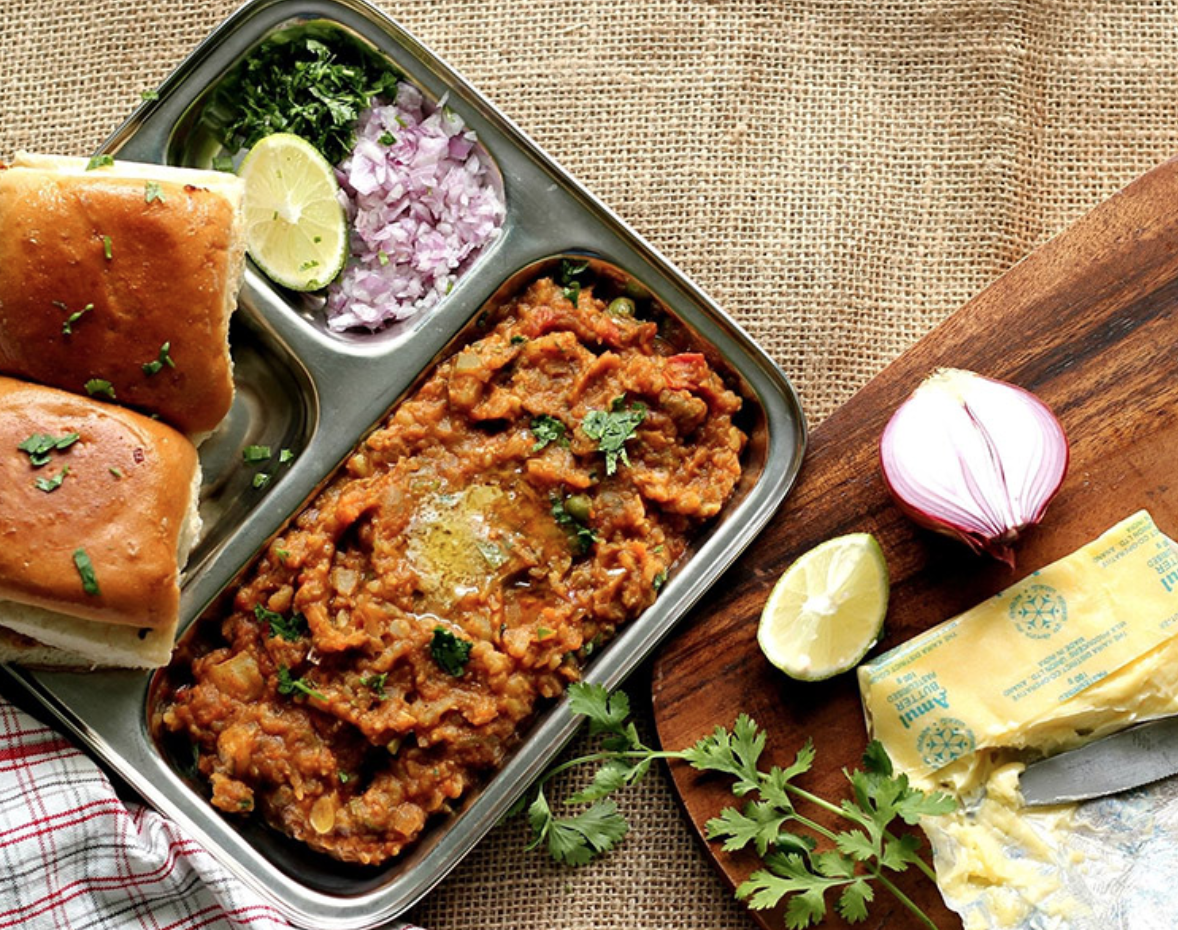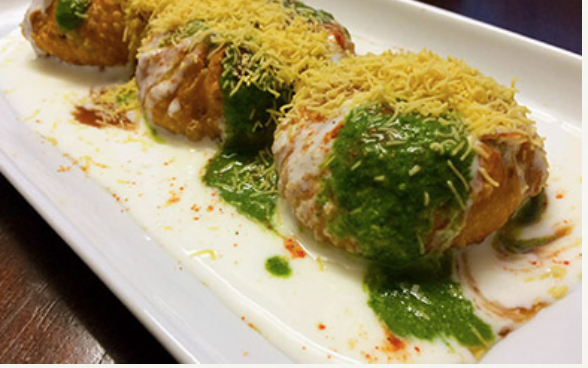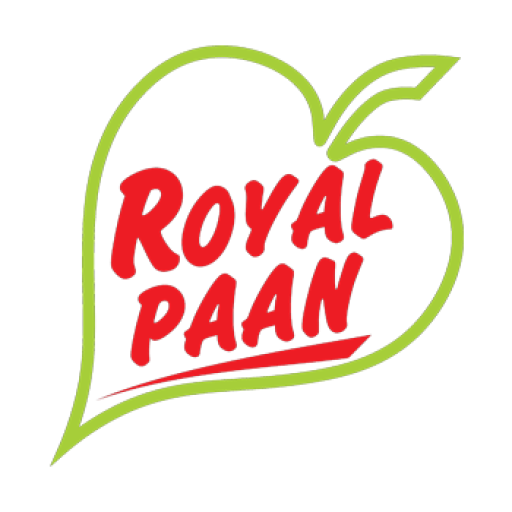AN AUTHENTIC INDIAN TRADITION!
Royal Paan® was established first in 2001 due to the fact that the founder wasn’t able to find the authentic Indian version of paan in Canada. After much research and experimentation, the first location was opened in Malton.
Various milkshakes and falooda kulfi were added as they were also unavailable in Canada in their authentic forms at the time. Today, with our 20 locations in Canada and USA, Royal Paan® continues to be the only source of true, authentic Paan, Falooda, and milkshakes along with street food delicacies from Mumbai.
THE CULTURE OF PAAN
Chewing the mixture of areca nut and betel leaf is a tradition, custom or ritual which dates back thousands of years from India to the Pacific.
Ibn Battuta describes this practice as follows: “The betel is a tree which is cultivated in the same manner as the grape-vine; The betel has no fruit and is grown only for the sake of its leaves … The manner of its use is that before eating it one takes areca nut; this is like a nutmeg but is broken up until it is reduced to small pellets, and one places these in his mouth and chews them. Then he takes the leaves of betel, puts a little chalk on them, and masticates them along with the betel.” Since the introduction of tobacco from the Western Hemisphere to the Eastern Hemisphere, it has been an optional addition to paan.
Paan freshens the breath and is also an ayurvedic aphrodisiac. Myriad are the uses of paan. It cures headaches, joint pain and arthritis as well as toothaches. In some places it serves the purpose of an antibiotic and a digestive medicine. It cures constipation, congestion and helps in lactation. It even helps in ridding the body of worms. Unani stream of medicine claims that paan is a sweet smelling stimulant that prevents flatulency.
Paan chewing constitutes an important and popular cultural activity in many Asian and Oceanic countries, including Pakistan, Bangladesh, Sri Lanka, Nepal, Myanmar,
Cambodia, the Solomon Islands, Thailand, the Philippines, Laos, and Vietnam. It is not known how and when the lime paste, areca nut and the betel leaf were married together as one drug. Archaeological evidence from Thailand, Indonesia and the Philippines suggests they have been used in tandem for four thousand years or more.
Paan is a ubiquitous sight in many parts of India and Southeast Asia. It is known as beeda in Hindi and vetrrilai or thambulum in Tamil, thambula in Kannada, killi or tambulam in (Telugu), sireh (in Malay language), sirih (in Indonesian), suruh (in Javanese), mark (ໝາກ) in Lao, and bulath (in Sri Lanka). This is also common in some of the Persian Gulf countries, such as the UAE and Qatar, where many Indians live.
According to traditional Ayurvedic medicine, chewing areca nut and betel leaf is a good remedy against bad breath (halitosis.)
Reference to the use of betel leaf goes back more than two thousand years, in an ancient Pli book of Srilanka, ‘Mahawamsa’. In the Vedas too there is reference to paan being the first offering to the guru. Bulath Pdhaya is a special dance mentioned in the Kohomba Kankariya of Srilanka. According to legend a king was troubled by divodasa – a recurring nightmare that made him ill.
